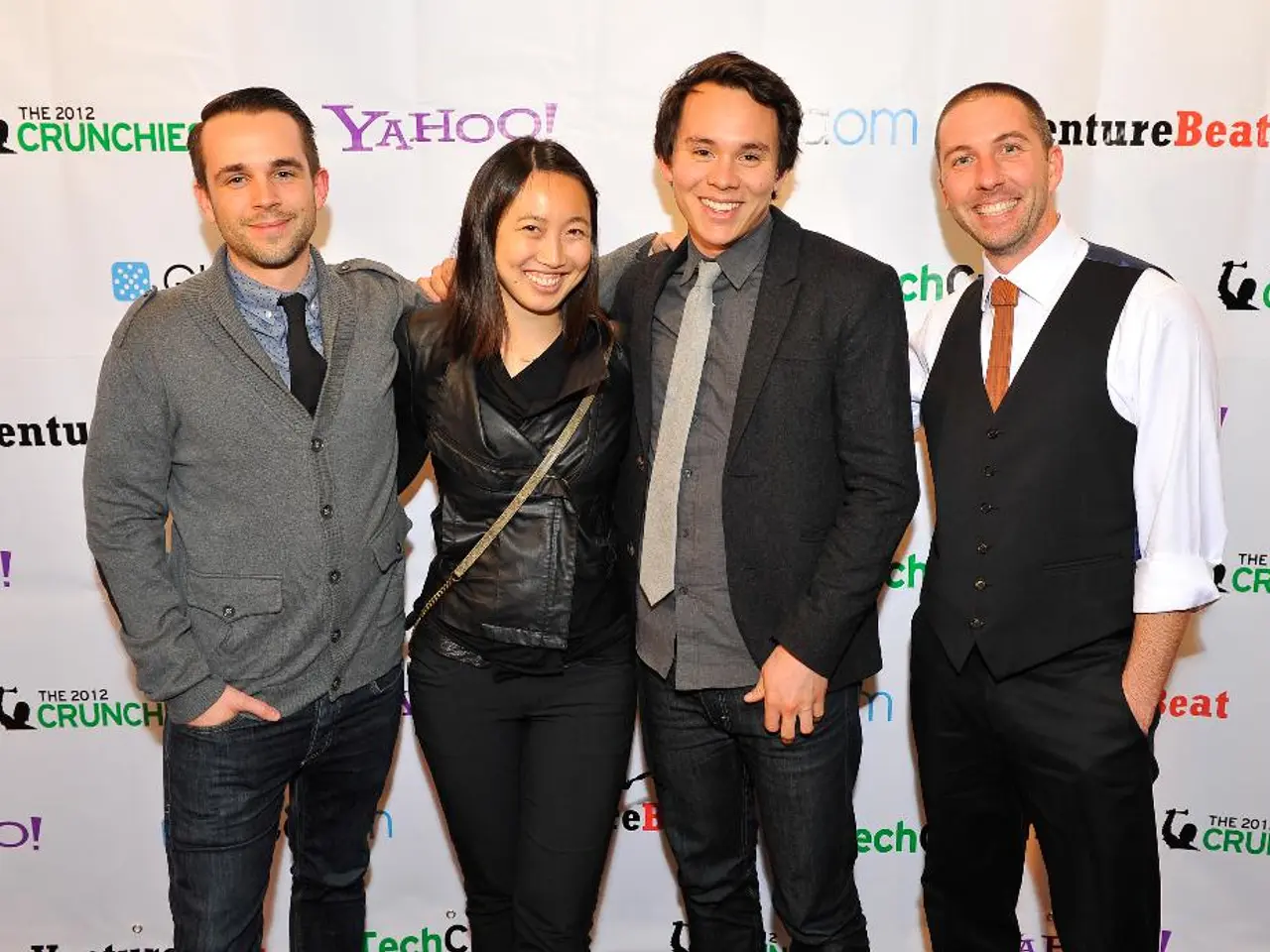Indie Filmmakers' Ascendancy Through Support from Crowdfunding Platforms
In the ever-evolving landscape of the film industry, crowdfunding platforms have emerged as a game-changer for independent filmmakers. Platforms like Kickstarter and Indiegogo have significantly impacted the indie filmmaking industry, providing filmmakers with alternative financing routes and direct access to engaged audiences [1][4].
These platforms offer a democratic avenue for creative projects to gain financial backing directly from the audience, bypassing traditional funding barriers [2]. This model empowers filmmakers to maintain creative control and build a community of loyal supporters who contribute not only financially but also by generating early buzz and feedback for the project [1][4].
Key benefits of crowdfunding include:
- Empowerment and creative freedom: Filmmakers can explore unconventional stories and styles without studio interference, fostering innovation and diversity in storytelling [1].
- Community building: Campaigns engage audiences with behind-the-scenes content, trailers, and updates, creating anticipation and loyalty well before a film’s release [1][3].
- Budget stretching: Crowdfunding helps secure essential funds needed to assemble a skilled team and manage production costs, allowing indie projects to achieve higher production values even on modest budgets [3].
- Validation and refinement: Direct audience feedback during campaigns enables filmmakers to gauge interest, refine ideas, and demonstrate proof of concept to other potential funders or distributors [1].
To create a successful crowdfunding campaign, strategic planning, storytelling, and active engagement are essential. Pre-launch preparation, such as building awareness through social media, PR, and email outreach, is critical [4]. Campaigns require strong pre-buzz to succeed, as momentum on Day One is crucial to gain visibility and backer trust.
Compelling storytelling is another key factor. Campaigns should open with a strong founder video explaining the project’s vision, importance, and personal connection, making it relatable and engaging [4]. Regular engagement and updates, keeping backers informed with progress reports, behind-the-scenes content, and interactive posts, maintain interest and encourage sharing [1][4].
Clear rewards and goals, offering attractive incentives and transparent budgeting, encourage support and boost backer confidence [4]. Leveraging multiple platforms, such as Instagram, TikTok, and Twitter, to promote content and updates broadens reach and fosters ongoing community interaction [1][3].
Visual elements such as teaser trailers, concept art, and mood boards should be incorporated to create a vivid picture of the project. Reward tiers offering enticing rewards, from digital downloads to exclusive screenings, should be included to appeal to a wide range of supporters [5]. A well-crafted campaign should convey the passion and vision behind the film, engaging potential backers with behind-the-scenes insights, character journeys, and unique production challenges [5].
In sum, crowdfunding reshapes indie film finance by combining fundraising with marketing and audience-building, where success demands strategic planning, storytelling, and active engagement before, during, and after the campaign [4][1][3]. Indie filmmakers have increasingly turned to crowdfunding platforms like Kickstarter, Indiegogo, and Seed&Spark to secure funding for their projects, revolutionising the way independent films are financed and marketed.
- The ever-evolving film industry has seen the emergence of crowdfunding platforms like Kickstarter and Indiegogo, offering indie filmmakers an alternative to traditional funding routes.
- These platforms enable filmmakers to gain financial backing directly from engaged audiences, providing them with creative freedom to explore unconventional stories and styles.
- Bypassing studio interference, the crowdfunding model empowers filmmakers to build a community of loyal supporters who contribute financially and generate early buzz for the project.
- A successful crowdfunding campaign relies on strategic planning, compelling storytelling, and active engagement to secure funds, manage production costs, and build anticipation for the film's release.
- To create a successful campaign, filmmakers should produce captivating visual elements, such as teaser trailers and concept art, and offer attractive incentives for supporters, ranging from digital downloads to exclusive screenings.
- With the help of crowdfunding, indie filmmakers have directly reached audiences at film festivals like Sundance and SXSW, gaining recognition and further funding opportunities in the entertainment industry.
- By working collaboratively with filmmakers, animation studios and filmmakers can create unique, crowd-funded indie films that blend traditional storytelling with the latest trends in lifestyle and entertainment.








